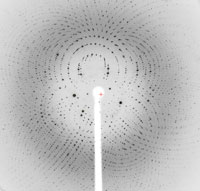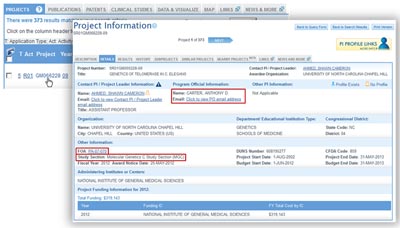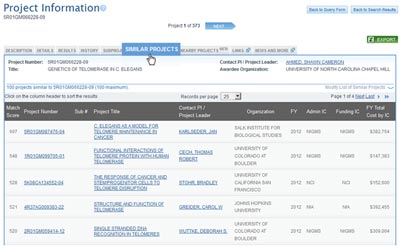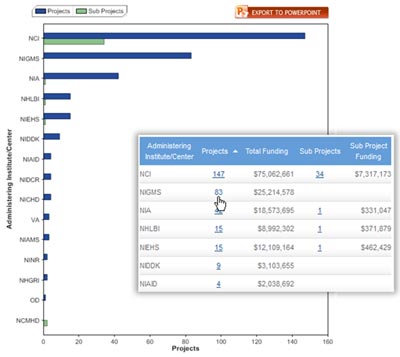In late January, NIH issued the 2013 omnibus solicitations for the Small Business Innovation Research (SBIR) and Small Business Technology Transfer (STTR) programs. As mandated and recently re-authorized by Congress, NIGMS and other NIH components have set aside funds for these programs focused on developing innovative technologies with commercial applications.
Starting with the April 5, 2013, receipt date, all applications must follow the instructions and guidelines in the 2013 solicitations. A few key changes are:
- The suggested guidelines for allowable budget requests are now $150,000 in total support for Phase I (R41/R43) and $1,000,000 in total support for Phase II (R42/R44). Note that total support includes the direct and indirect costs and fees for the entire length of the project. With appropriate justification, applicants may exceed the budget guidelines by up to 50 percent ($225,000 in total support for Phase I and $1,500,000 in total support for Phase II, a hard cap). NIH, including NIGMS, has received a limited waiver from the Small Business Administration to exceed the hard cap for specific topics.
- As in the past, NIH offers applicants for the SBIR and STTR programs access to various technical assistance programs to help move the funded projects toward commercialization. Alternatively, awardees may now directly request up to $5,000 to use for technical assistance of their own choosing.
- All applicant organizations must complete registration with the System for Award Management (SAM), Grants.gov and eRA Commons. Soon, all small business concerns seeking SBIR or STTR funding will also need to register with the Small Business Administration
 .
.
NIH plans to publish guidelines later this year to explain how small businesses with venture capital investors may use the SBIR and STTR funding mechanisms.
The NIH SBIR/STTR Web site has a wealth of information covering all aspects of the two programs, and additional updates will be posted there. I am happy to answer questions and discuss potential proposals with applicants. E-mail me at somerss@nigms.nih.gov or call 301-594-3827.
UPDATE: NIH has reissued the SBIR and STTR funding opportunity announcements. View comments section for details.








